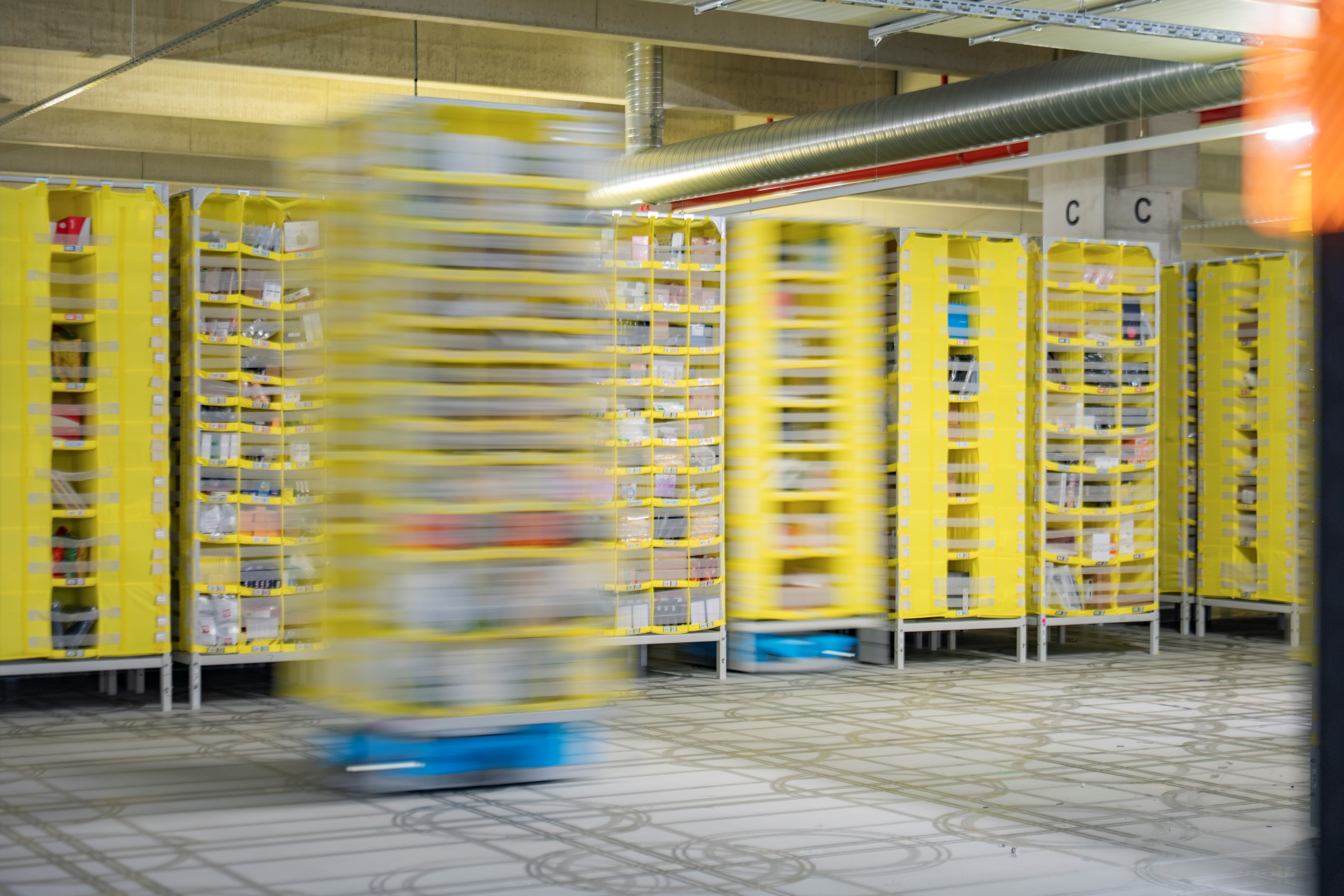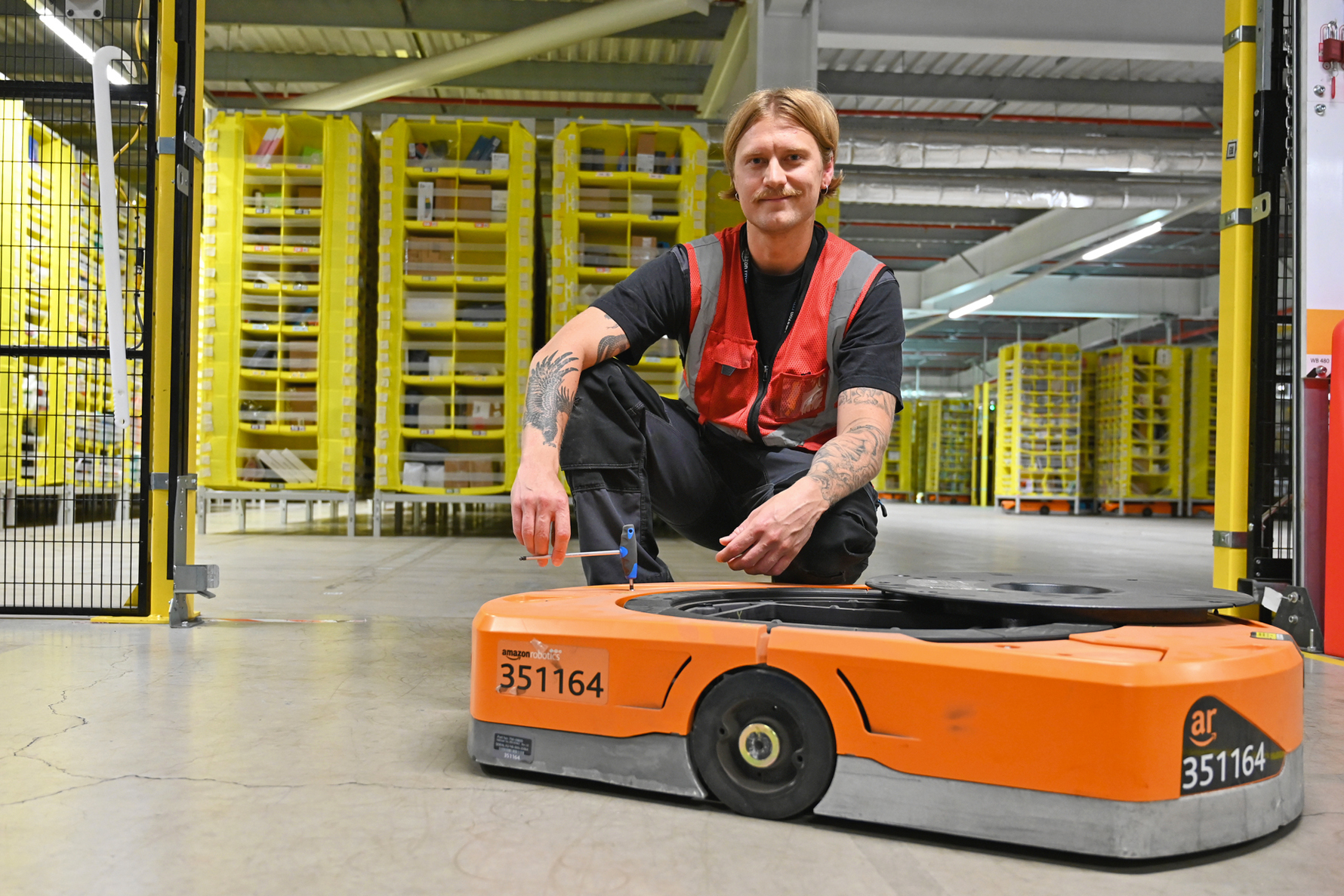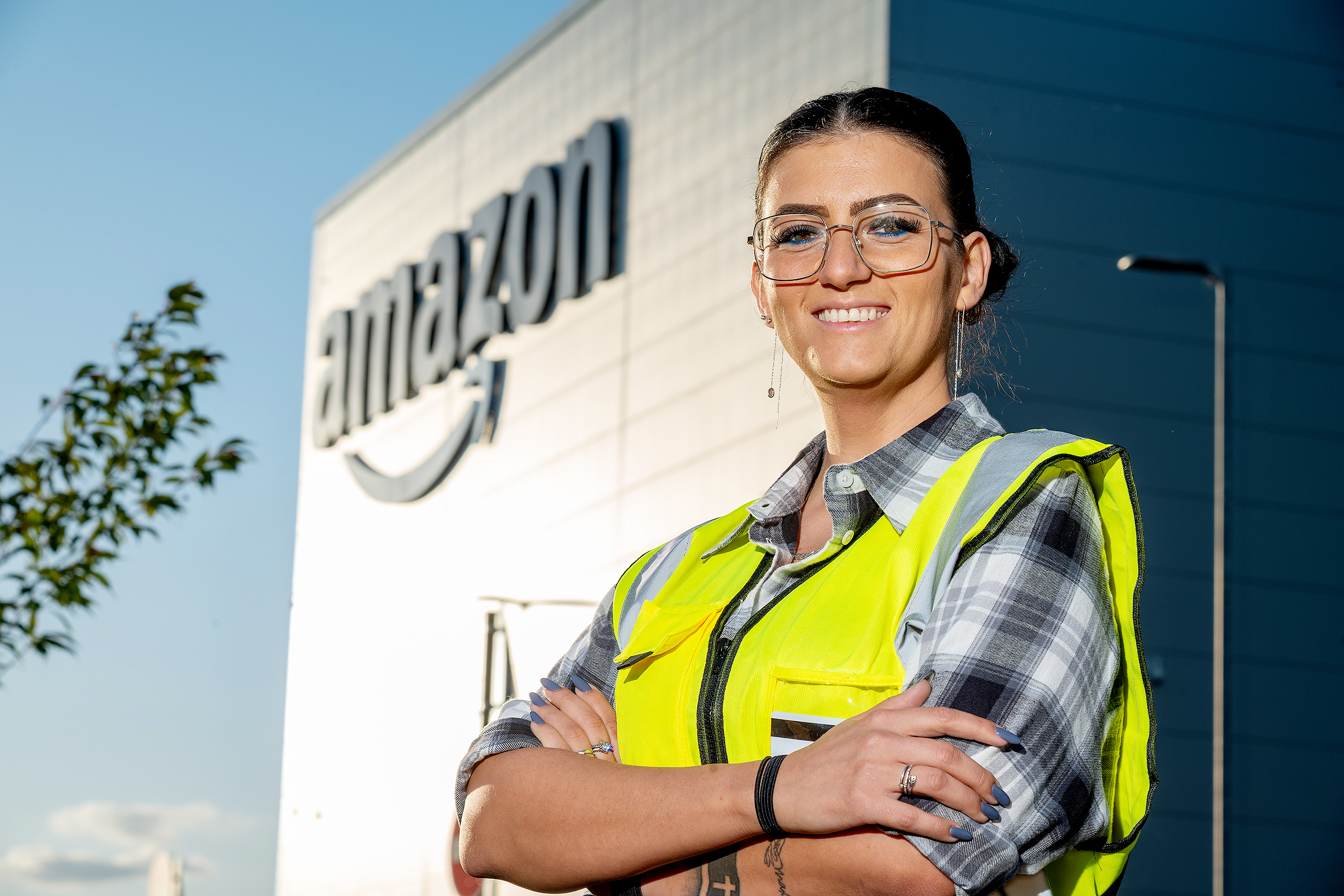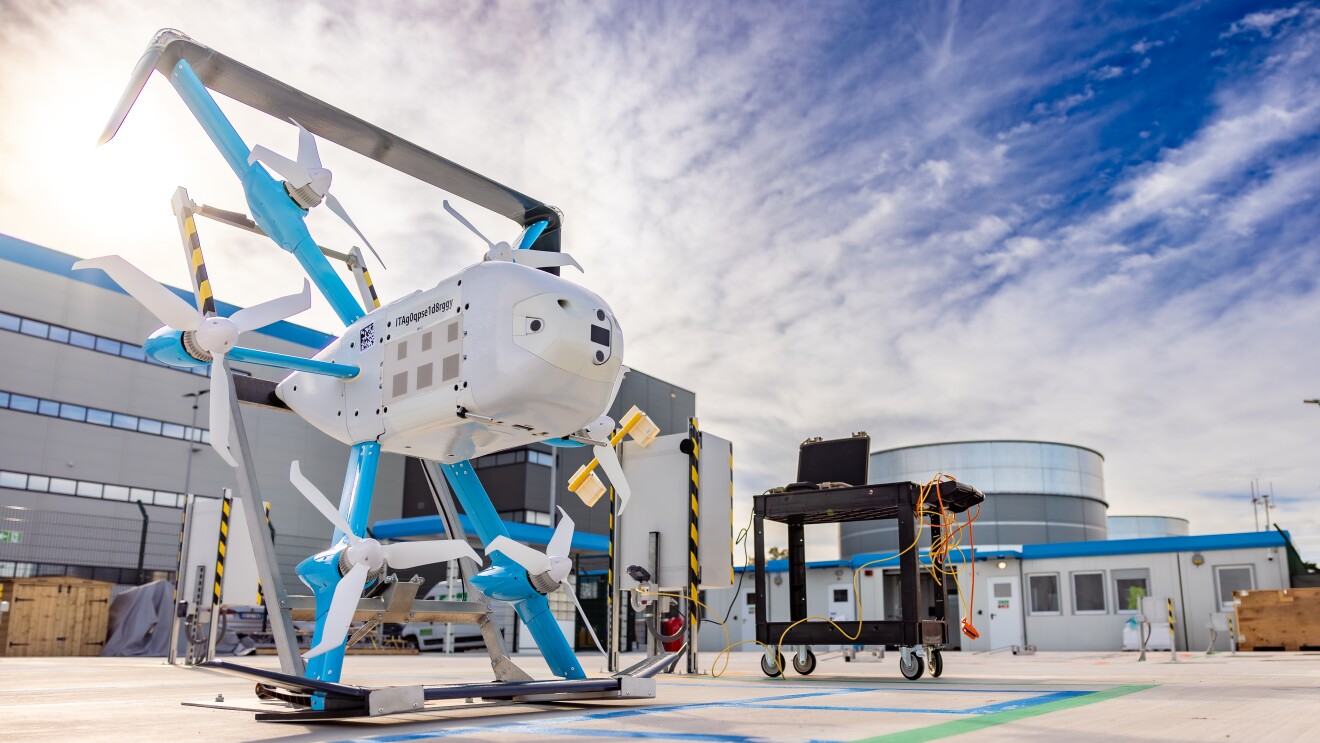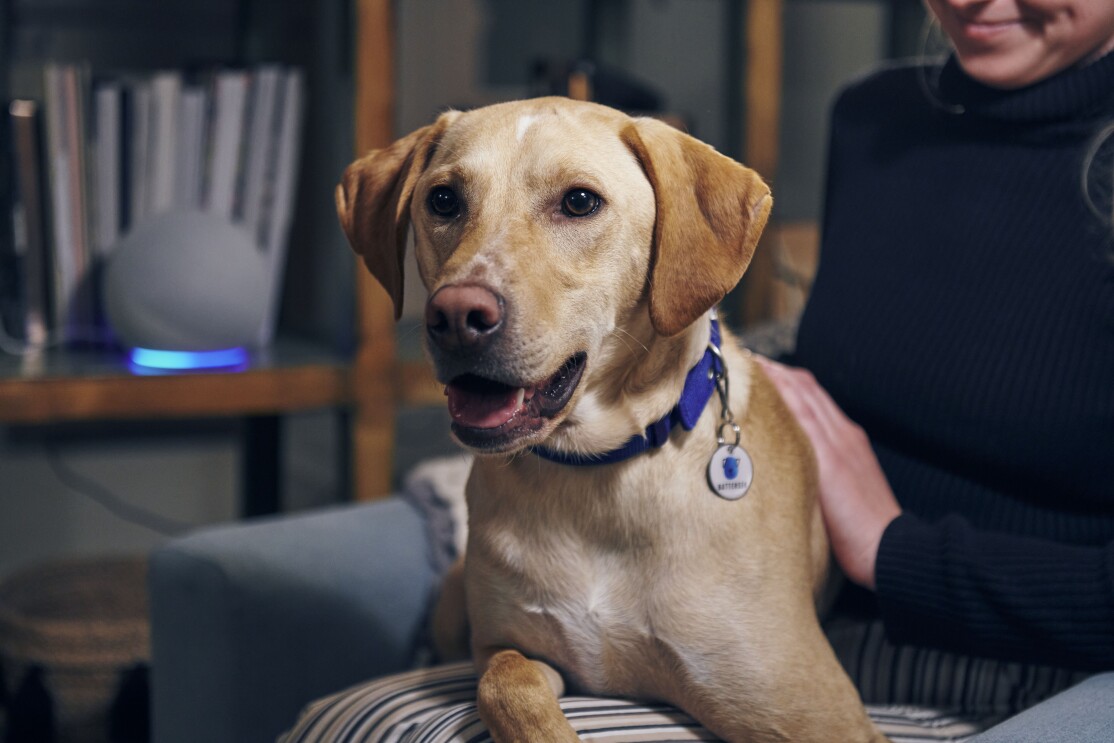Below are some fascinating figures about Amazon’s ever-growing fleet of robots and how they’re transforming the workplace and the way your parcels are delivered.
Page overview
2012: Amazon deployed its first robot
Amazon started its robotics journey in 2012 with a single type of robot that could move inventory shelves across warehouse floors. It was part of Amazon’s acquisition of Boston-based Kiva systems—which was later renamed Amazon Robotics.
The acquisition signalled Amazon’s commitment to innovations around AI and automation, and today the company operates a diverse fleet of robots, designed to make employees' jobs easier and safer, and operations more efficient.

13 years after Amazon introduced its first robot, Amazon now has 1 million robots working across its global network of fulfilment centres, having delivered its millionth robot to a fulfilment centre in Japan in June 2025.
Today, 75% of all customer orders globally are delivered with the assistance of robots working within Amazon's operations. That means it’s more than likely a robot will help with the delivery of your next Amazon parcel.
A typical Amazon fulfilment centre—like the one in Bristol, England—contains thousands of robots. These robots perform the mundane but necessary tasks required to efficiently deliver goods to customers’ doors.
 A Hercules unit hard at work, preparing to carry a storage pod at an Amazon fulfilment centre.
A Hercules unit hard at work, preparing to carry a storage pod at an Amazon fulfilment centre.For example, Hercules is a small but mighty robot, capable of lifting and moving up to 1,250 pounds of inventory. Amazon stores goods on four-sided shelves called pods, and Hercules can slide under these heavy pods and deliver them to employees for packing, labelling, and shipping.
Elsewhere, Pegasus uses precision conveyor belts to handle individual packages. And Proteus, our first fully autonomous mobilerobot, can safely navigate around employees in open and unrestricted areas of our sites while movingheavy carts filled with customer orders.
 Vulcan's ability to pick and stow items makes our associates' jobs easier—and our operations more efficient.
Vulcan's ability to pick and stow items makes our associates' jobs easier—and our operations more efficient.Earlier this year, Amazon introduced Vulcan, its first robot with a sense of touch. Just like a human, it can manipulate objects within storage compartments to make room for whatever it’s stowing, because it knows when it makes contact and how much force it’s applying,stopping short of doing any damage.
Amazon is launching a new AI system designed to make robots smarter and more efficient. It's called DeepFleet, and it coordinates how robots move throughout the fulfilment network. This technology improves robots' travel time by 10%, helping to deliver packages to customers more quickly and at lower costs.
 With DeepFleet, Amazon's robots will travel around its fulfilment centres with more efficiency.
With DeepFleet, Amazon's robots will travel around its fulfilment centres with more efficiency.DeepFleet works like an intelligent traffic management system for a city filled with cars moving through congested streets. Just as a smart traffic system could reduce wait times and create better routes for drivers, DeepFleet coordinates our robots' movements to optimise how they navigate fulfilment centres. This means less congestion, more efficient paths, and faster processing of customer orders.
As the AI learns over time, it will keep finding better ways for our robots to work together.
Since 2019, Amazon has helped upskill more than 700,000 employees through various training initiatives, including 51,000 in the UK, with many programmes focused on working with advanced technologies.
Additionally, Amazon is opening four new fulfilment centres in the UK. 60 different roles will be created at the new sites, including positions for robotics technicians and mechatronic engineers.
Read more of the latest news at Amazon.
